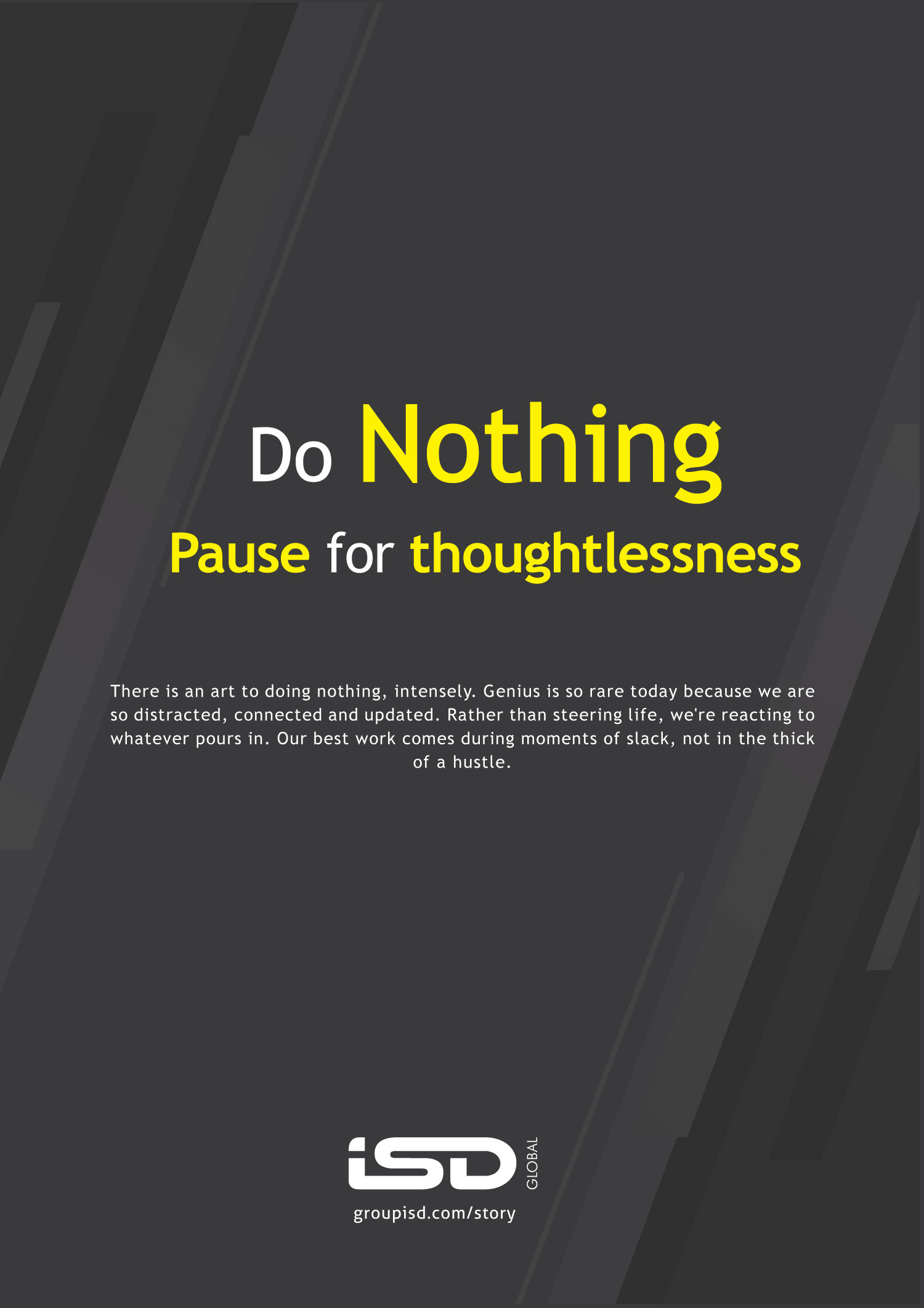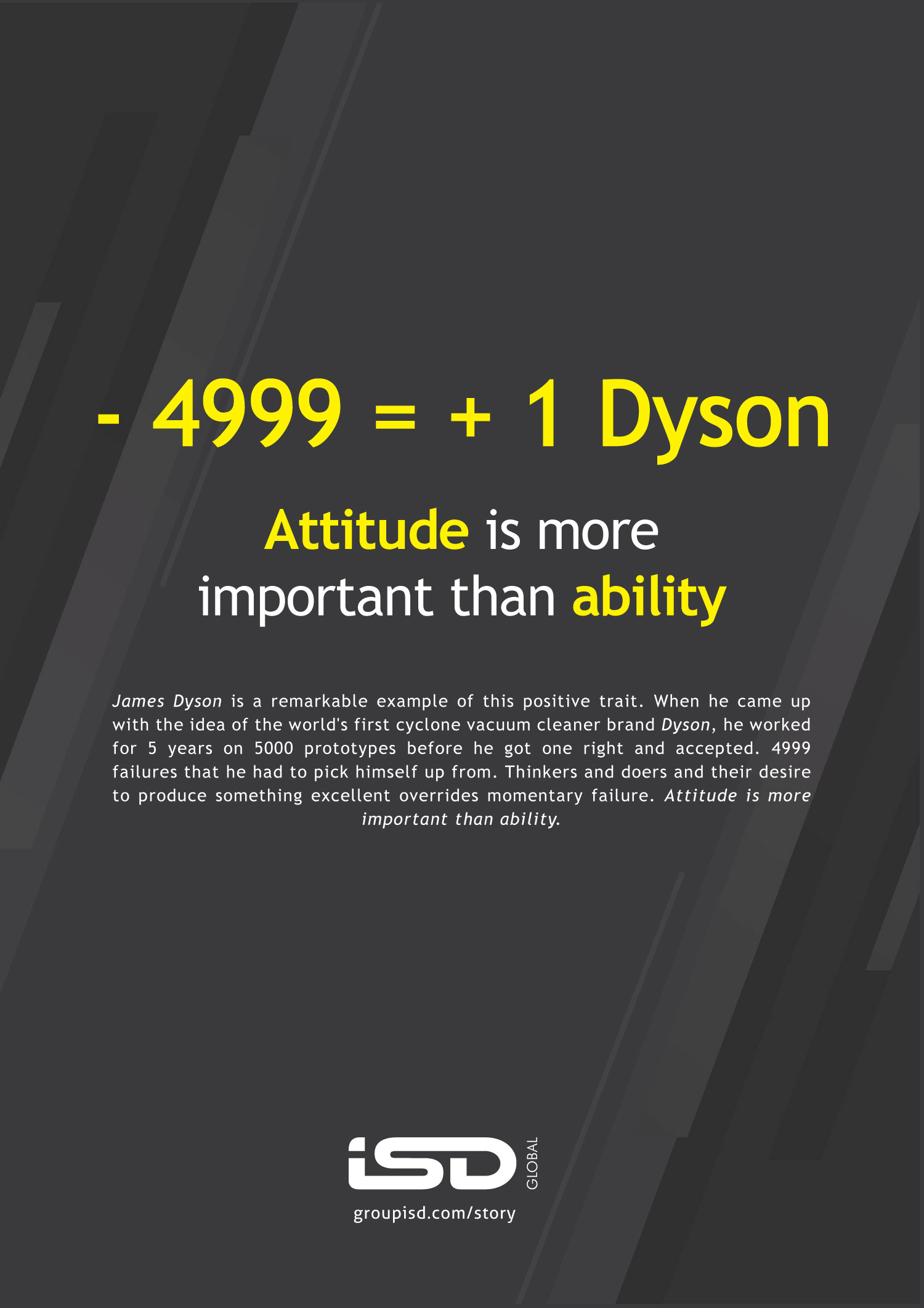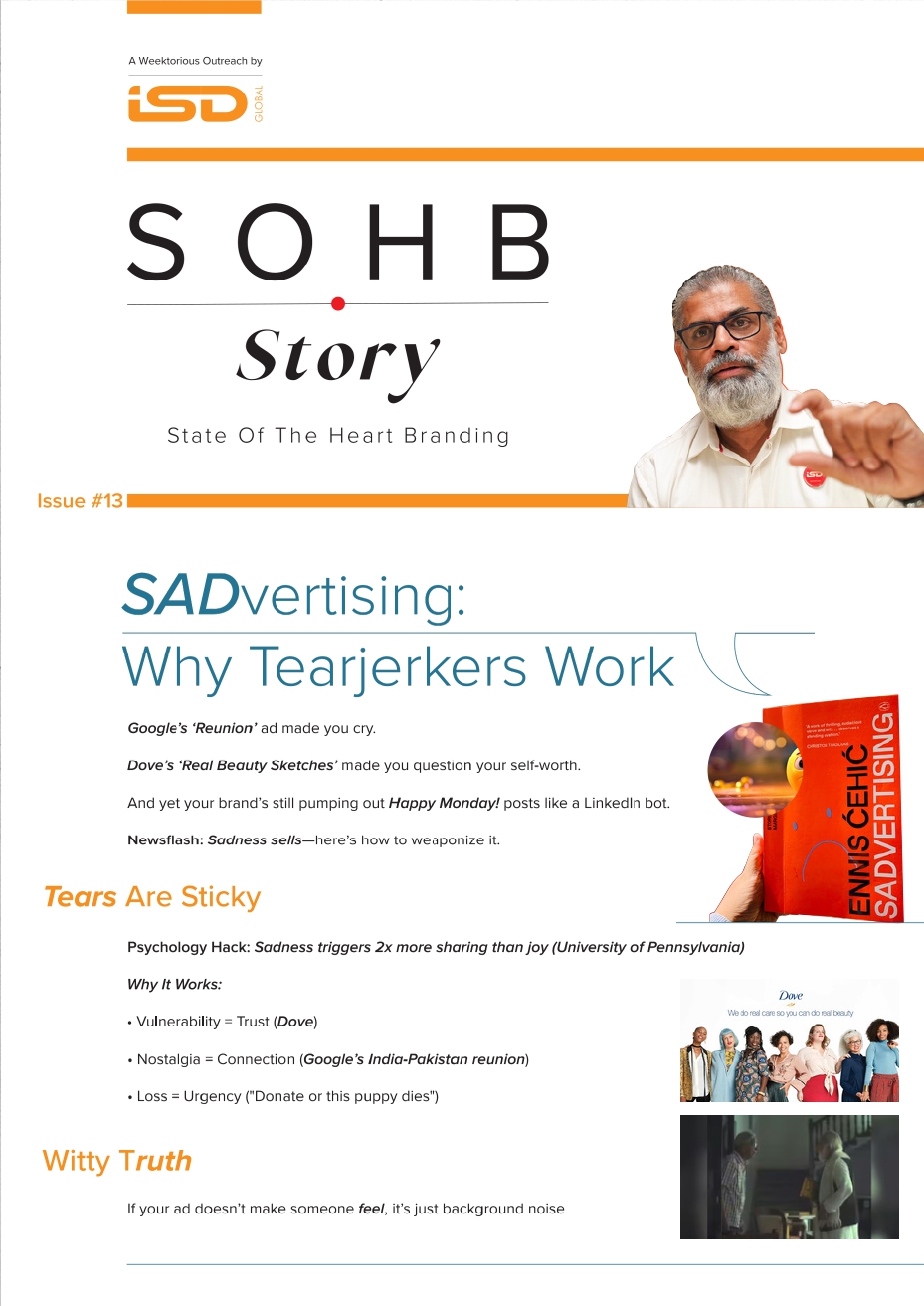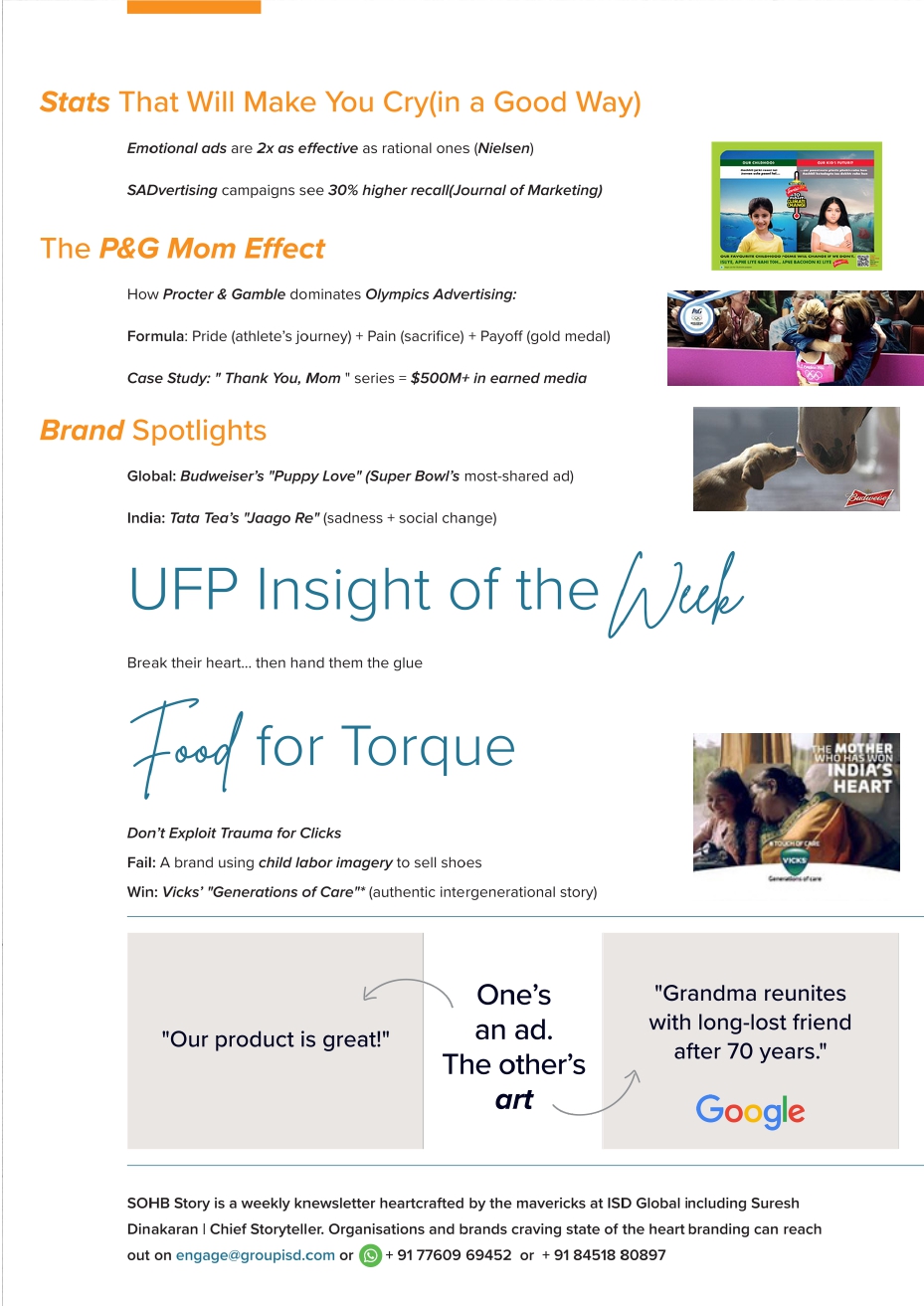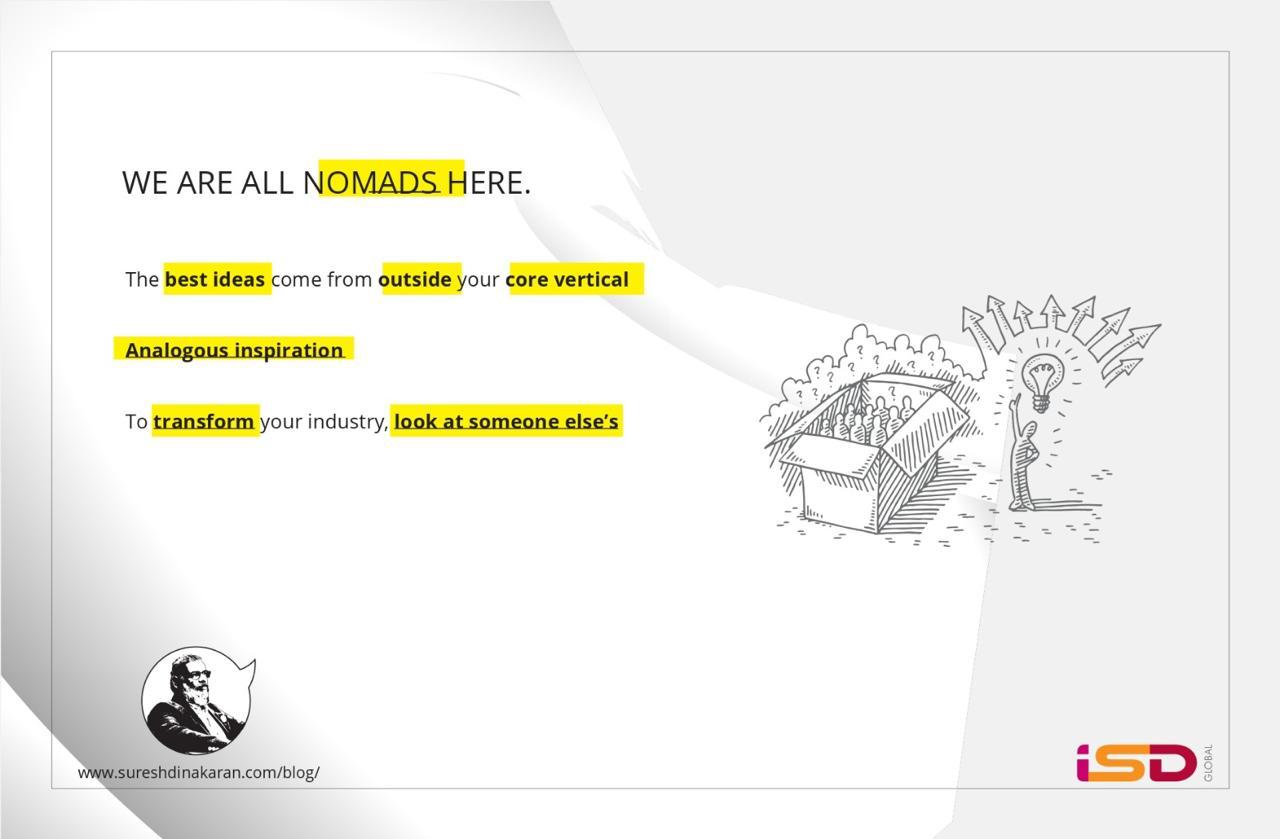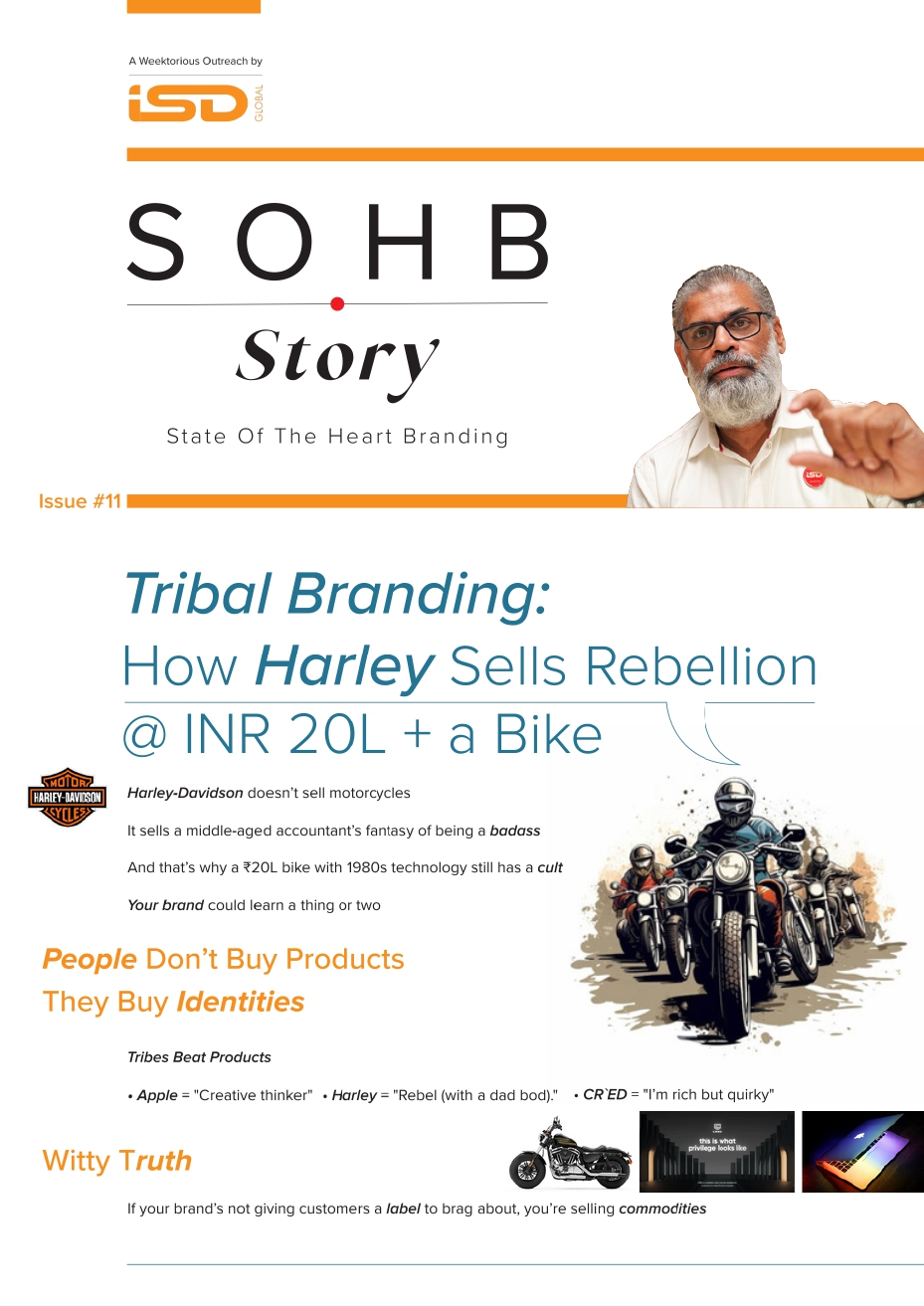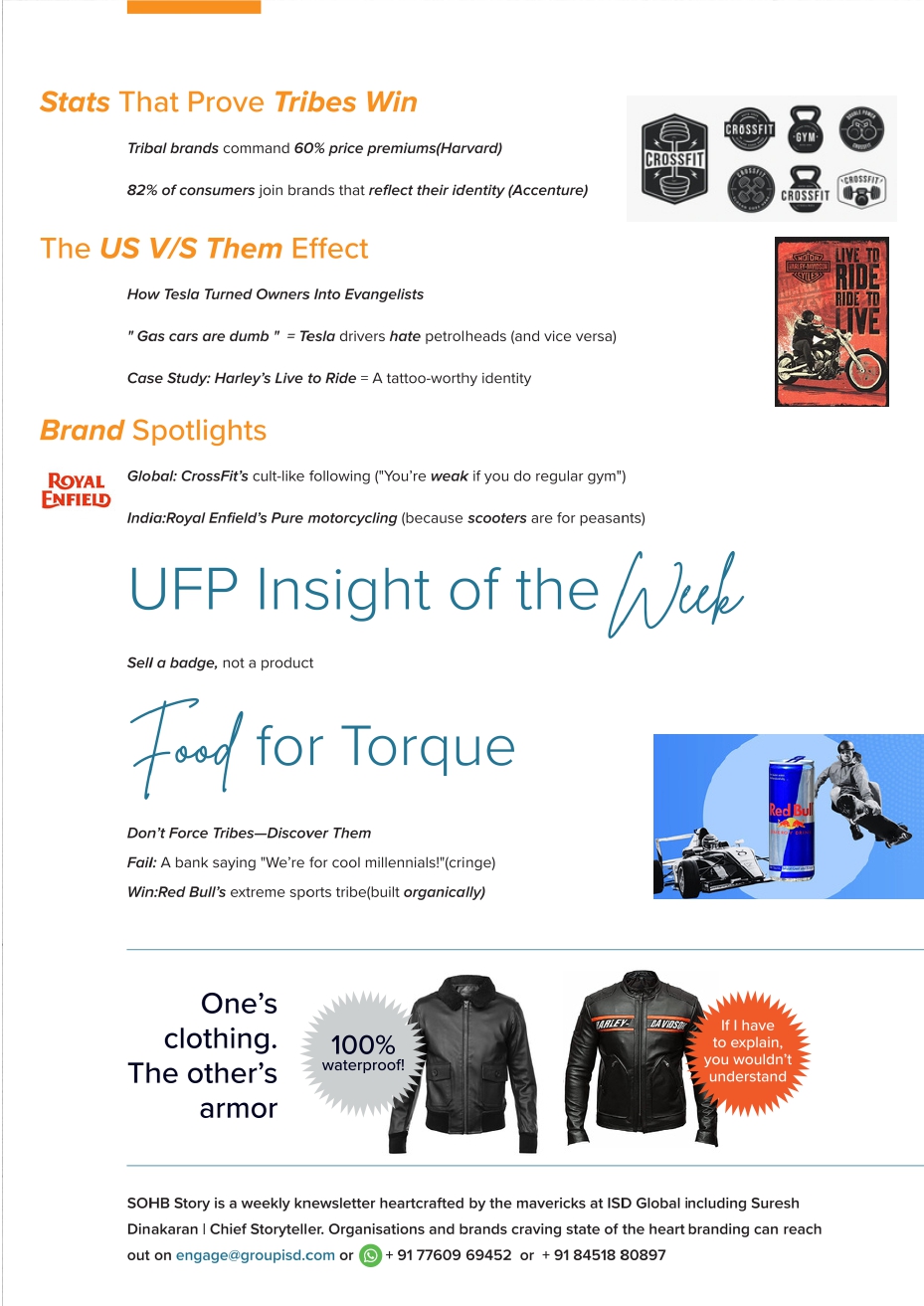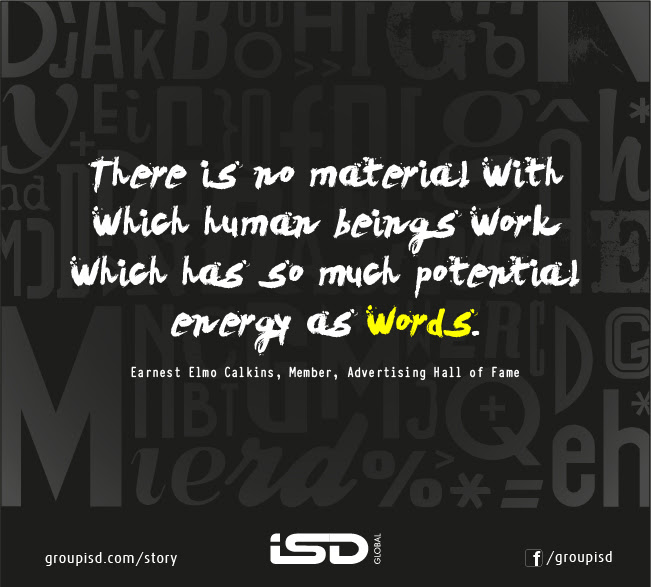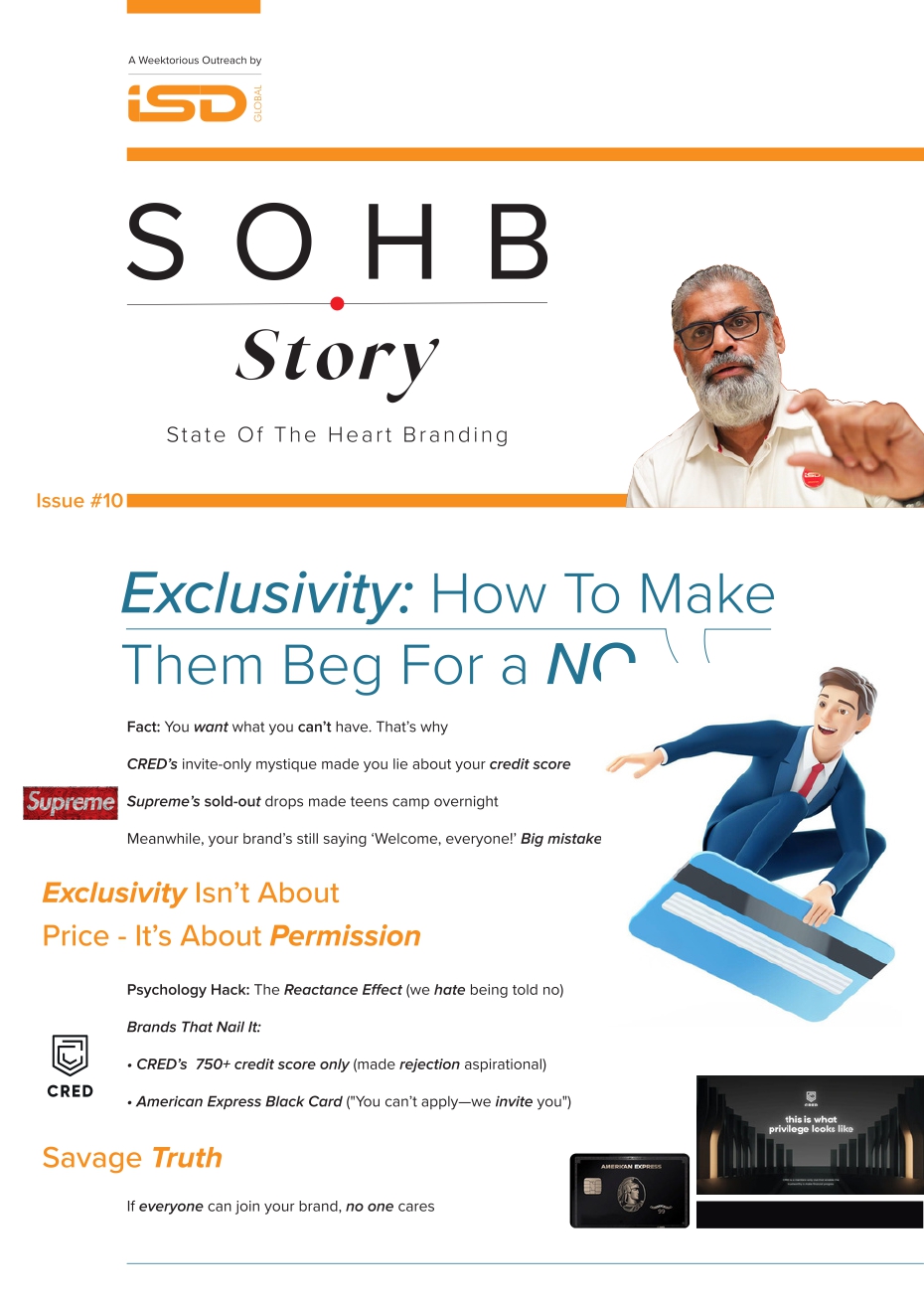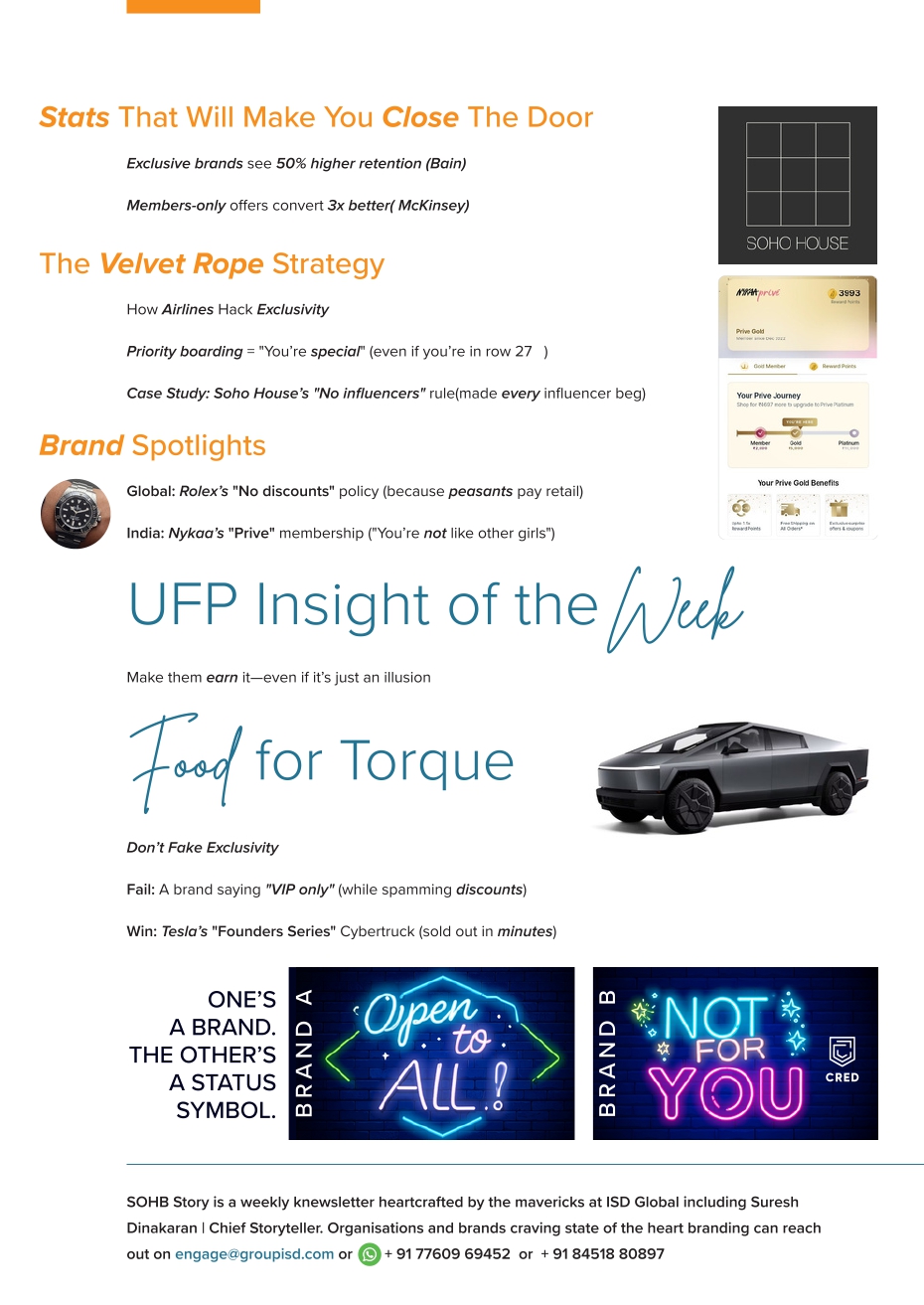We live in an age where decibels are mistaken for dialogue. Too many shouts, not enough signals. Everyone is talking. Few are transmitting.
Take a stroll through LinkedIn. It’s an Olympic stadium of “noise-athletes”—smooth adjectives, polished jargon, lattes in the background. But behind the vocabulary? Hollow vacuums.
Without intent, communication is noise. With it, its leadership.
Picture this: A 23-year-old engineering dropout in Bengaluru, armed with nothing but a smartphone and an unshakeable belief that period poverty shouldn’t exist. Arunachalam Muruganantham(nicknamed the Padman) didn’t craft PowerPoint presentations or hire PR agencies. He simply spoke one truth, repeatedly, in every village square he could find: “A woman’s dignity shouldn’t depend on her economic status.”
That “noise” became a symphony that reached Bollywood, the UN, and millions of Indian homes. And earned him a Padma Shri. But here’s the kicker – hundreds of social workers had been saying similar things for decades. What made Muruganantham different? Intent so sharp it could cut through centuries of taboo.
Meanwhile, in corporate boardrooms across the world, executives deliver beautifully crafted quarterly presentations that say absolutely nothing. Slides shimmer with data visualization, voices project with MBA-trained confidence, yet teams walk away more confused than when they entered.
The difference? One spoke to change the world. The others spoke to fill the silence.
Anand Mahindra has mastered something most CEOs struggle with: turning corporate communication into human connection. His Monday motivation posts aren’t crafted by PR teams. They are personal observations, often from his weekend experiences, shared with genuine intent to inspire.
When he posted about a young innovator from rural Karnataka who built a water purification system from discarded materials, it wasn’t brand promotion. It was intent in action – using his platform to amplify voices that deserved to be heard. That post led to the innovator getting funding, recognition, and a chance to scale his solution.
The lesson? When communication serves a purpose beyond self-promotion, it transforms from noise into silence.
Let me be brutally honest. Most presentations in the corporate world are glorified sleep therapy sessions. Not because the speakers lack intelligence, but because they lack intent. They start with “Good morning, everyone” instead of “By the end of this conversation, you’ll understand why our current approach is costing us $XXX monthly.” They say “Let me take you through our journey” instead of “Here’s the one decision that will determine if we lead or follow in the next quarter.” They conclude with “Thank you for your time” instead of “Here’s exactly what we’re doing tomorrow, and here’s who’s accountable for what.”

Intent transforms every element of communication:
Without intent: ” We need to improve customer satisfaction “.
With intent: “We’re implementing this specific feedback loop by Friday because losing one more customer to our competitor costs us more than fixing the root cause”.
In 2018, Dr. Robert Jensen published groundbreaking research about Kerala fishermen who started using mobile phones to check market prices before bringing their catch to shore. These barely literate fishermen achieved something Fortune 500 companies struggle with – perfect communication efficiency.
Their calls were never longer than two minutes. Every conversation had one purpose: maximize value from the day’s catch. No small talk. No relationship building. Pure, intentional information exchange that increased their profits by 8% and reduced waste by 25%.
Silicon Valley took note. WhatsApp Business was born from studying how these fishermen communicated with intent. Meanwhile, in corporate offices worldwide, employees attend three-hour meetings that could have been three-minute phone calls. The fishermen understood something we’ve forgotten – communication isn’t about being polite or comprehensive. It’s about achieving specific outcomes.
Here’s what they don’t teach you in communication workshops: Sometimes the most powerful leaders are the ones who know when NOT to speak. In 1955, when Rosa Parks was arrested, the Montgomery Bus Boycott didn’t begin with a fiery speech. It started with E.D. Nixon, the local NAACP chapter president, making one strategic phone call to fifty other leaders with a simple, intentional message: “We don’t ride tomorrow.” No grand rhetoric. No emotional manipulation. Just crystalline intent wrapped in four words.
Contrast this with our modern affliction – the LinkedIn post epidemic. Scroll through your feed right now. Count how many “thought leaders” are pontificating about “authentic leadership” and “disruptive innovation” without saying anything remotely useful. They’re not communicating; they’re performing. And performance, without intent, is just sophisticated noise.
Even closer home, consider the late A.P.J. Abdul Kalam. When he addressed schoolchildren, he didn’t deliver complex speeches about aerospace engineering. He asked them to dream, then gave them one actionable step to take when they went home. Every word had a job to do.
Here’s some hard truth that nobody wants to hear. You have been trained to communicate wrong. School taught you to fill word counts. Corporate training taught you to “manage stakeholder expectations.” Social media taught you to optimize for engagement.
Nobody taught you the most important lesson: Communication without clear intent is just emotional pollution.
Every email you send without specific purpose clutters someone’s mind. Every meeting you attend without clear outcomes wastes collective intelligence. Every social media post you share without intentional value adds to the world’s noise problem.
We’re drowning in communication and starving for leadership.
We are drowning. Drowning in a cacophonous ocean of communication. We have more channels, more tools, more platforms than ever before, and yet, we have never been less heard. The signal is lost. All that remains is the relentless, soul-crushing static of noise.
Think about it. A foghorn blares with immense power, but it’s just a warning; it doesn’t steer the ship. A nightingale’s song, however, is gentle, but it’s sung with the intent to attract, to create, to perpetuate life. One is a sound; the other is a symphony. Leadership is not about the decibel level; it’s about the destination your words create in the listener’s mind.
In the late 1990s, as the Swiss-Swedish engineering behemoth ABB was grappling with a sprawling, inefficient matrix structure, its new CEO, Percy Barnevik, didn’t launch a flashy rebrand or a loud change management program. He wrote a memo. But this wasn’t just any memo. It was a 3-page document called “The Policy Bible.” Its intent was crystalline: to decentralize power, instill accountability, and kill bureaucracy. Every word was chosen not to inform, but to empower. He gave managers permission to act. That memo, driven by fierce, clarifying intent, didn’t just communicate a new policy; it communicated a new culture. It turned a sluggish giant into a nimble champion. The memo was the leadership.
In a quiet university in Japan, a professor of Ikebana (the art of flower arrangement) was teaching Western students. They were fidgety, focused on the technicalities—angle of cut, choice of vase. After minutes of observing their frantic activity, he posed a single question, laden with intent: “Before you cut, have you asked the flower for permission?” The room fell silent. The room fell silent. The intent wasn’t to shame, but to shift perspective entirely—from domination to collaboration, from technique to reverence. That one question, communicated with deep philosophical intent, did more to teach leadership (of oneself, of one’s craft) than a thousand instructional manuals.
Leadership is a granted authority. People grant it to those who make them feel seen, understood, and purposeful. Noise ignores them. Intent includes them.
Your words are either building a monument or adding to the landfill. The choice, and the intent, is always yours.
Choose wisely. The world is listening for a signal, and it’s waiting for you to lead.

